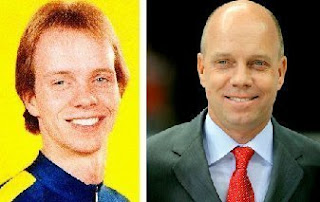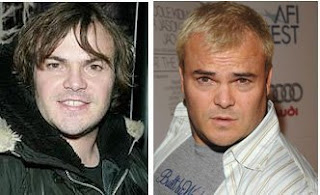Good dark cloudy smokey gloomy 48º morning.
Silver certificates are a type of representative money issued between 1878 and 1964 in the United States as part of its circulation of paper currency. They were produced in response to silver agitation by citizens who were angered by the Fourth Coinage Act, which had effectively placed the United States on a gold standard. The certificates were initially redeemable for their face value of silver dollar coins and later (for one year – June 24, 1967 to June 24, 1968) in raw silver bullion. Since 1968 they have been redeemable only in Federal Reserve Notes and are thus obsolete, but still valid legal tender at their face value and thus are still an accepted form of currency.
Large-size silver certificates (1878 to 1923)
were issued initially in denominations from $10 to $1,000 (in 1878 and 1880) and in 1886 the $1, $2, and $5 were authorized. In 1928, all United States bank notes were re-designed and the size reduced. The small-size silver certificate (1928–1964) was only regularly issued in denominations of $1, $5, and $10. The complete type set below is part of the National Numismatic Collection at the Smithsonian's National Museum of American History.
End of silver certificates...
In the nearly three decades since passage of the Silver Purchase Act of 1934, the annual demand for silver bullion rose steadily from roughly 11 million ounces (1933) to 110 million ounces (1962). The Acts of 1939 and 1946 established floor prices for silver of 71 cents and 90.5 cents (respectively) per ounce. Predicated on an anticipated shortage of silver bullion, Public Law 88-36 (PL88-36) was enacted on 4 June 1963 which repealed the Silver Purchase Act of 1934, and the Acts of July 6, 1939 and July 31, 1946, while providing specific instruction regarding the disposition of silver held as reserves against issued certificates and the price at which silver may be sold. It also amended the Federal Reserve Act to authorize the issue of lower denomination notes (i.e., $1 and $2), allowing for the gradual retirement (or swapping out process) of $1 silver certificates and releasing silver bullion from reserve. In repealing the earlier laws, PL88-36 also repealed the authority of the Secretary of the Treasury to control the issue of silver certificates. By issuing Executive Order 11110, President John F. Kennedy was able to continue the Secretary's authority. While retaining their status as legal tender, the silver certificate had effectively been retired from use.
In March 1964, Secretary of the Treasury C. Douglas Dillon halted redemption of silver certificates for silver dollar coins;
during the following four years, silver certificates were redeemable in uncoined silver "granules". All redemption in silver ceased on 24 June 1968. While there are some exceptions (particularly for some of the very early issues as well as the experimental bills) the vast majority of small sized one dollar silver certificates, especially non-star or worn bills of the 1935 and 1957 series, are worth little or nothing above their face values. They can still occasionally be found in circulation.
Talk about ooey-gooey and yum-my! These Easy Caramel Rolls are such a sweet delight; it's a good thing that this recipe makes 2 dozen, 'cause you're going to want to share the goodness with everyone!
- 3 (8-ounce) cans refrigerated crescent rolls
- 1 cup packed light brown sugar
- 3/4 cup (1-1/2 sticks) butter
- 1/2 cup light corn syrup
- 1 teaspoon vanilla extract
- 1 cup chopped pecans, toasted
- Preheat oven to 400 degrees F. Open crescent roll dough; do not unroll. Slice each roll into 8 (3/4-inch) pieces. Place rolls 1/4-inch apart in a lightly greased 9- x 13-inch pan. Bake 20 minutes or until golden brown and firm.
- Meanwhile, combine sugar, butter, and corn syrup in a medium saucepan. Cook over medium heat, stirring constantly, until melted and smooth. Remove from heat, and stir in vanilla. Pour sauce over warm rolls; sprinkle with pecans. Serve warm.
1930 – Ben Gazzara, American actor (d. 2012)

HOW TO OBSERVE
NATIONAL RED WINE DAY HISTORY
In 2014, Jace Shoemaker-Galloway created National Red Wine Day.
Red Wine FAQ
Q. How many calories in a glass of red wine?
A. One 5 ounce serving of red wine contains 125 calories.
Q. Is a rosé wine a red wine?
A. Red grapes are used to make rosé wines. When making red wines, the skins remain in contact with the pulp and juice long enough to produce red wine. The production of rosé is similar. The juice and pulp remain in contact with the skins for a lesser amount of time giving the wine its rosy color.
Q. What are the names of some red wines?
A. Merlot, Pinot Noir, Zinfandel, Bordeaux, Chianti, and Rioja are just a few red wines from around the world.















